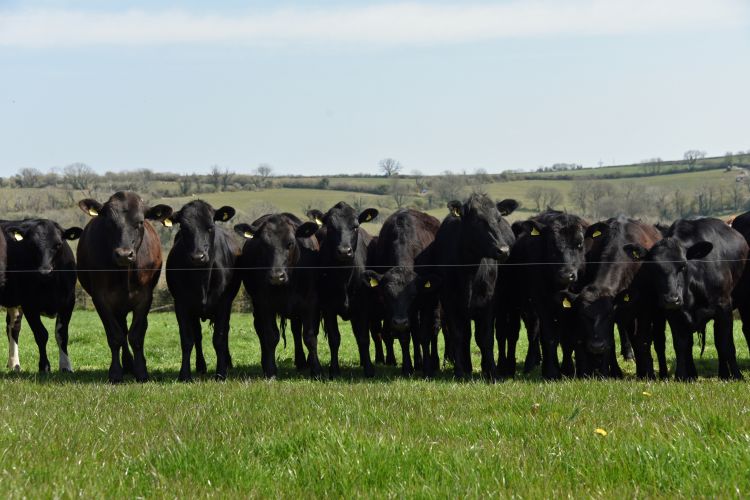
The warmer weather has brought relief for farmers, with grass now growing at the rate expected after weeks of low temperatures which hampered growth.
Results from the GrassCheckGB project show that grass growth was well behind the average for the time of year for April and most of May, largely due to cold temperatures.
But since mid-May, growth rates climbed back to above 50kg of dry matter per hectare, which is more in line with seasonal norms.
And this week, according to Hybu Cig Cymru – Meat Promotion Wales (HCC), which part-funds GrassCheckGB, grass rates are up to an 'excellent' 67.7kg of dry matter per hectare (kg/DM/ha).
The project aims to improve grassland productivity and pasture utilisation, with 50 livestock farms across Britain including nine beef and sheep farms in Wales.
They closely measure their grass yields, grass quality, soil moisture and temperature and weather.
In particular, Wales has been among the world’s innovators in recent decades in breeding new grass varieties and managing pasture.
HCC research and development officer Nia Davies said: “The results of the project have demonstrated that Wales is extremely well placed to grow grass efficiently as livestock feed, with the ideal combination of climate and landscape.
“Optimising grassland utilisation through grazing management is fundamental to sustainable livestock production keeping concentrate use to a minimum, which benefits both producer and environment.”
HCC also supports the annual Recommended Grass and Clover List (RGCL), a farmers’ guide on which grass and clover varieties would be best suited to their livestock systems.
“The RGCL can be used by producers to identify which varieties are best suited to the purpose of a specific paddock or field within the holding," Ms Davies said.
"By selecting varieties based on key characteristics it can improve efficiency within the grassland production system, reducing feed costs and allowing for greater kg/liveweight gain per hectare.”
The latest edition of the Recommended Grass and Clover List has been published this week with nine new varieties added.
